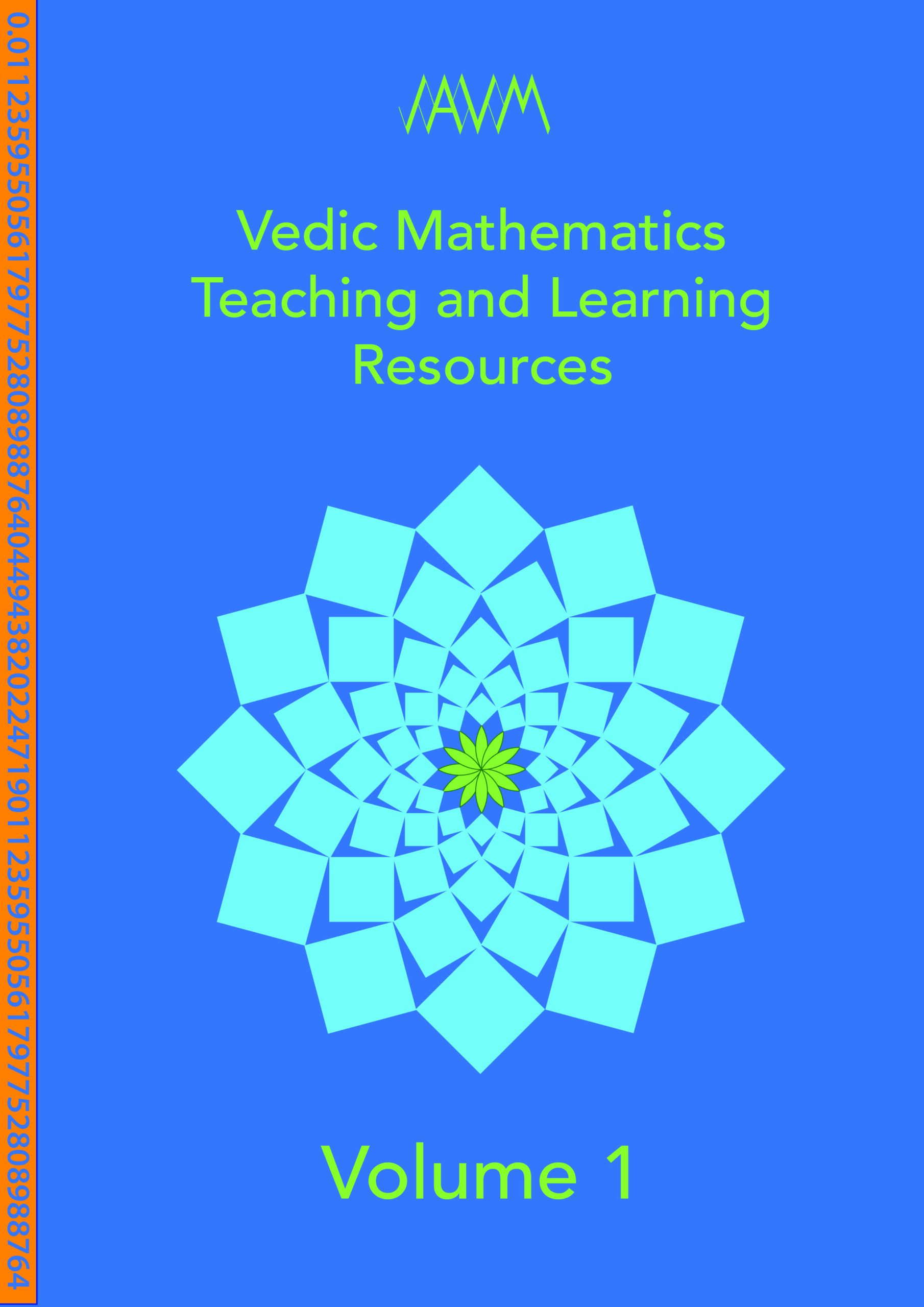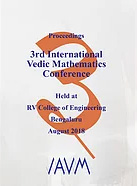Description
Introduction
Vedic Mathematics provides an alternative approach to the study of mathematics and is gaining widespread interest in many diverse countries. It is therefore necessary that sufficient and high-quality resources be made available to teachers. The aim of this book, , is threefold: to provide teachers with introductory explanations and practice in the Vedic techniques, to give lesson structures whereby teachers can plan their lessons and provide resources for students. That is not to say that the book is only for teachers; indeed, it is also for anyone wishing to learn Vedic mathematics from the very beginning.
Content
1.Addition
Number partners for 10, Triples that add to 10, Use deficiencies to add numbers close to a multiple of 10, Add numbers using addition and subtraction, Use number patterns to speed up column addition
2.Subtraction
Use deficiencies to subtract numbers close to a base number, Subtract numbers from a
base and sub-base, Application to money and decimal problems
3.Strategies for Addition and Subtraction
General subtraction of numbers without borrowing, Working from the left with addition
and subtraction, Using simple partitions
4.Digital roots
Concept of digit sum and digital root, Casting out 9s to find digital roots, Special
properties of digital roots, Patterns of digital roots, Use digital roots to check addition
and subtraction problems
5.Doubling and Halving
Doubling, Halving, Repeated doubling for 4 and 8, Repeated halving for 4 and 8,
Powers of 2, Ancient Egyptian multiplication method
6.Using Proportion in Arithmetic
Multiply and divide any number by 5, Working with 50 and 25, Using a doubling and
halving strategy for multiplication, Using Proportionately with division
7.Nikhilam Multiplication 1
Multiplying numbers below base 10, Multiplying numbers below base 100, Limitations
of the method
8.Multiplication by Vertically and Crosswise
Multiplication of two 2-digit numbers from left to right and from right to left,
Multiplication of 3-digit numbers, Multiplying numbers of unequal length, Multiplying
decimals, Stick multiplication method
9.Divisibility
Divisibility by 2, 5, 10, 25 and 50, Divisibility by 4 and 8, Divisibility by 3 and 9,
Divisibility by composite numbers, 6, 12, 15 and 18
10.Nikhilam Division 1
Divisor, Dividend, Quotient, Remainder, Division by 9, Dividing the remainder,
Division using a complement, Divisors below base 100





